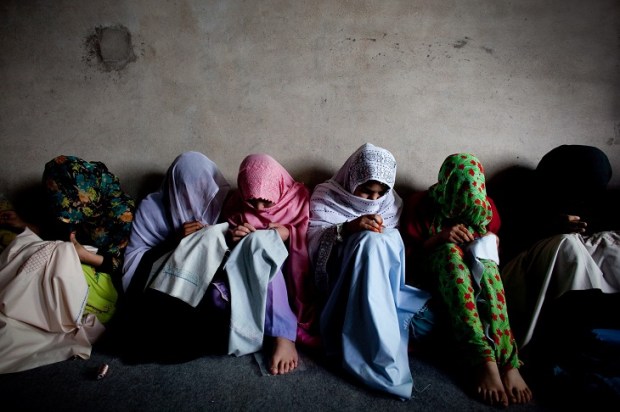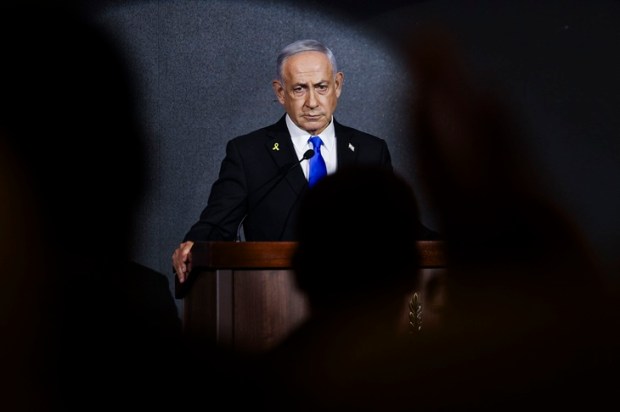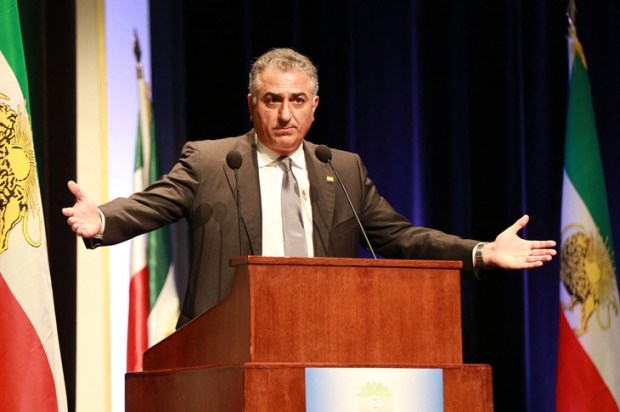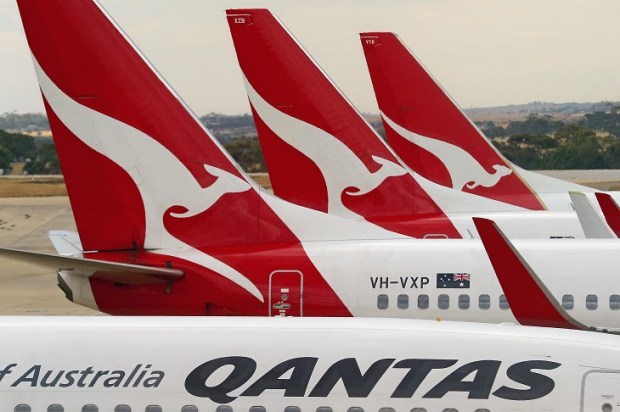The last few weeks have shown that Australia is once again running around in useless circles in an attempt to close the gap between Indigenous and non-Indigenous Australians.
As millions of dollars and countless hours of parliamentary attention are being thrown at it, crucial questions are being raised from all sides of politics around the ‘Voice to Parliament’ referendum.
The referendum proposes the introduction of an advisory body that offers independent advice to Parliament and government chosen by First Nations people.
In recent months, many Australians, including Indigenous people themselves, have raised concerns about the referendum; from gaping holes in its structure, to the extent of its power, and if it is actually going to change anything.
Teal candidate for Warringah, Zali Steggall has called on the government to give more information on how this will be affecting Indigenous communities, despite still stating she would vote ‘yes’ in the upcoming parliamentary debate.
Steggall highlights the confusion around how this proposal will be put into effect.
This is problematic, as plenty of Australians seem to be blindly following the outline without knowledge of its impact.
It is estimated that the referendum will cost $75 million before a vote is even cast.
Like many other moves made by the Australian government to speak to Indigenous inequity, it sounds ‘progressive’, but offers little to no solution to the problem itself.
There are countless areas where Indigenous communities are struggling and where current systems are evidently not functioning in their interest.
- Only half of Indigenous people 20-24 have graduated year 12.
- Most recent data shows nearly half of Indigenous Australians are unemployed.
- Indigenous females are 35 times more likely to be hospitalised due to family violence-related assaults than other Australian females.
- Life expectancy of 74-years-old compared to 83-years-old for non-Indigenous people.
The point of the referendum is to improve the lives of Indigenous people across Australia, including their health, employment prospects, and reduction in domestic violence and crime more broadly.
But what evidence is there to prove that the copious efforts on this referendum are going to be more effective than targeting these issues head-on?
Excerpt of Clause 3 of the Voice to Parliament proposal states:
‘The Parliament shall … have power to make laws with respect to the composition, functions, powers, and procedures of the Aboriginal and Torres Strait Islander voice.’
However, Clause 2 states the body makes ‘representations’ meaning it can’t make binding decisions independent of Parliament, or veto a parliamentary decision.
This essentially means that the government can ignore this advisory body, or give them extensive powers, neither of which guarantees an amendment of serious issues of inequity amongst Indigenous people.
Its effectiveness is reliant on how it is interpreted in Parliament, making its potential impact no different to any other Indigenous advisory body, campaign, proposal, or legislation that exists.
This wording is also problematic as not only is it ineffective in providing guaranteed progress, but does so in a way that unnecessarily creates the possibility of the body being granted excessive power.
Chris Merritt, Vice President of the Rule of Law Institute of Australia states that:
‘Democracy is more than regular elections and government by the majority. It requires equal treatment by government of all citizens. Equal rights for all.’
And when the same actions can be implemented without creating unequal rights, why should these foundational democratic principles be threatened?
This proposal is by no means a stand-alone example of overbearing and ineffective efforts to target ‘inequality’.
Efforts put into virtue signalling rather than creating on the ground impact have been at the centre of most progressive agendas across the globe.
There is little to no evidence to suggest that this referendum isn’t another one of these progressive, expensive, and ineffective PR campaigns.
The Australian government’s NIAA (National Indigenous Australians Agency) leads a ‘Closing the Gap Commonwealth Implementation Plan’ which includes extensive aspirational policies.
Australia’s issue is not a shortage of Indigenous policy, legislation, partnerships, funds, or bodies, instead it’s being capable of implementing them.
So, do we need a $75 million referendum to tell us that we must be doing more to help Indigenous Australians? Or can we just accept this is the case and budget accordingly without a middleman draining money that in itself could make a huge impact?
Aceda Rose is a co-host of the Speaking Freely Podcast and reporter at Honi Soit

























